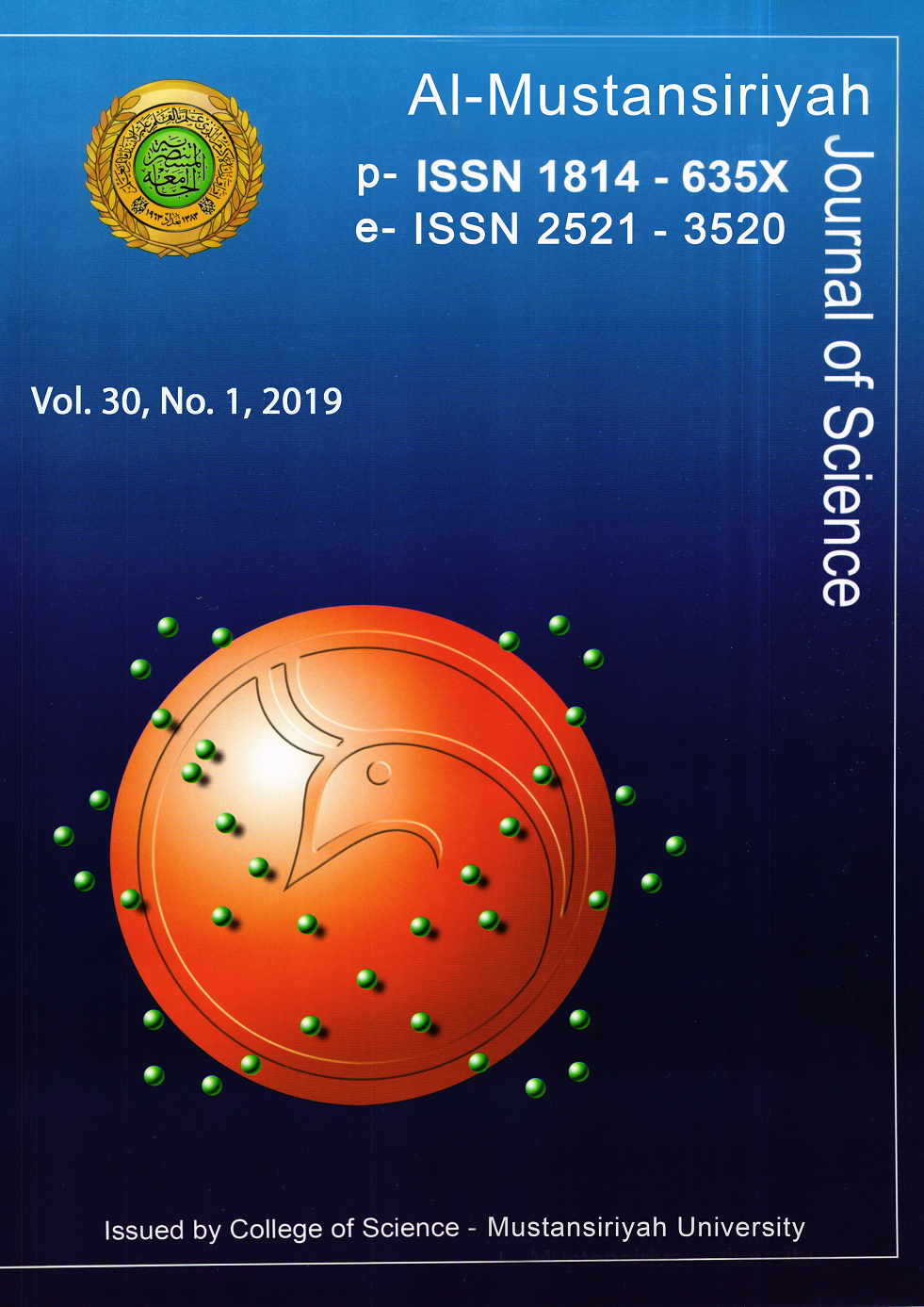User Authentication Secure by Randomly Cubic Spline Curve and Blum Blum Shub Algorithm
DOI:
https://doi.org/10.23851/mjs.v30i1.421Keywords:
interpolation by Cubic spline curve, virtual keyboard, Blum Blum shub, high secure stage.Abstract
With the tremendous development witnessed by the world in recent times, computer security significance expanded as insurance procedure of registering systems and authentication the user with scientific and technological developments are increasing every day. This assurance procedure is connected for touchy information such of electronic business, electronic learning, and electronic saving money exchange, online networking and more administrations over the web by utilizing login application to distinguish the character for doing this authentication. The problem by using some application login how to detected the user authentic and experimental data collection and separated the duplicated name that may be Confusion the system with speed detected and difficult attack. This paper solve this problem by used Cubic spline to easy represented name and easy detected by distance Euclidean equation, authentication techniques utilized as insurance process by securing name mix with Blum Blum Shub (BBS) algorithm that have randomly number. In this work, the application is founded on type name that the combine with (BBS) and represented by cubic spline, to detected user. The result of proposed work require randomly number to drawing the curve to detect and how much the different shape in cubic spline curve that can be detected. Assurance gives affirmation distinguished suitable security and all the more effortlessly least complex that developing popular in the online application that shows in result some portion of the paperDownloads
References
Y. D. Vybornova, “Password-based key derivation function as one of Blum-Blum-Shub pseudo-random generator applications,” Procedia Eng., vol. 201, pp. 428–435, 2017.
R. Affeldt, D. Nowak, and K. Yamada, “Certifying assembly with formal security proofs: The case of BBS,” Sci. Comput. Program., vol. 77, no. 10–11, pp. 1058–1074, 2012.
Salil P. Vadhan, “Pseudorandom generators,” in Motivation and Definitio, Theoretica., no. November, 2012, p. 213.
M. Olsson, “Blum Blum Shub on the GPU A performance comparison between a CPU bound and a GPU bound Blum Blum Shub generator,” Blekinge Institute of Technology, 2012.
X. Fang, Q. Wang, C. Guyeux, and J. M. Bahi, “FPGA acceleration of a pseudorandom number generator based on chaotic iterations.,” J. Inf. Sec. Appl., vol. 19, no. 1, pp. 78–87, 2014.
J. Lee, “Establishing a case for improved food phenolic analysis.,” Food Sci. Nutr., vol. 2, no. 1, pp. 1–8, Jan. 2014.
L. László, “Cubic spline interpolation with quasiminimal B-spline coefficients,” Acta Math. Hungarica, vol. 107, no. 1–2, pp. 77–87, 2005.
Y. Nievergelt, “Splines in Single and Multivariable Calculus,” COMAP, vol. 2420, no. 617, 1993.
S. Salleh, A. Y. Zomaya, and S. A. Bakar, “Computing for Numerical Methods using Visual C ++,” vol. 34, no. 6, pp. 30–31, 2009.
Downloads
Key Dates
Published
Issue
Section
License
(Starting May 5, 2024) Authors retain copyright and grant the journal right of first publication with the work simultaneously licensed under a Creative Commons Attribution (CC-BY) 4.0 License that allows others to share the work with an acknowledgement of the work’s authorship and initial publication in this journal.






















